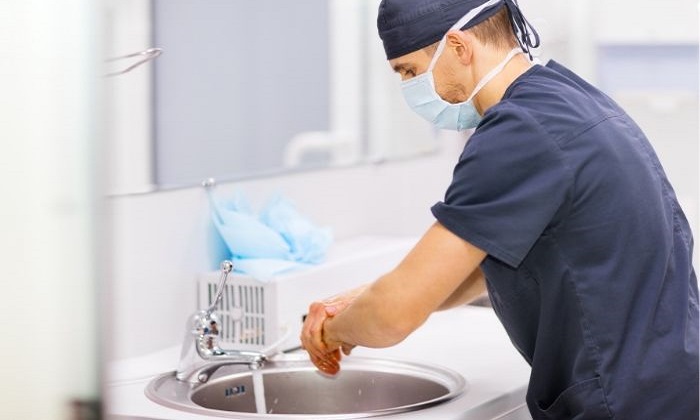WHO and UNICEF’s latest Joint Monitoring Programme (JMP) report says that half of the health care facilities around the world don’t have basic hygiene services like water, soap, or alcohol-based hand rubs where patients get care, and even the restrooms aren’t there. These facilities are used by about 3.85 billion individuals, putting them at a higher risk for infection. Of these, 688 million people receive treatment in facilities with no hygienic services at all.
In health care settings, hygiene facilities and procedures are essential. They must be enhanced for pandemic healing, protection, and readiness. Without increasing expenditures on fundamental measures, such as safe water, hygienic restrooms, and properly managed medical waste, hygiene in healthcare facilities cannot be guaranteed, according to WHO Director, Department of Environment, Climate Change, and Health, Dr. Maria Neira. She urged Member States to intensify their efforts to carry out their promise to improve water, sanitation, and cleanliness services in healthcare institutions made at the 2019 World Health Assembly, and to also track these efforts.
As more nations than ever before report on crucial aspects of WASH services in their hospitals and other health centres, the most recent report, progress on WASH in health care facilities 2000-2021: Special focus on WASH and infection prevention and control has for the first time established this worldwide benchmark on hygiene services. It assessed access at points of care as well as toilets. 40 countries, or 35% of the world’s population, now have statistics on hygiene accessible, up from 21 in 2020 and 14 in 2019.
The recently developed global estimate paints a more accurate and concerning picture of the hygiene situation in healthcare facilities. Only 51% of healthcare facilities exceeded the requirements for basic hygiene offerings even though 68% of them provided facilities for handwashing with water and soap at restrooms and 65% had such amenities at sites of care. Furthermore, just one in eleven, i.e., 9% of medical facilities worldwide, has both.
Patients don’t have access to a health care facility if health care professionals don’t have access to a hygiene service, said Kelly Ann Naylor, Director of WASH and Climate, Environment, Energy, and Disaster Risk Reduction at UNICEF. Hospitals and clinics without sufficient water, basic hygiene, and sanitation services can be a death trap for expectant mothers, new mothers, and children. Sepsis claims the lives of approximately 670,000 newborns every year. This is scandalous because their deaths might have been prevented.
According to the paper, disease transmission in healthcare facilities and the emergence of antibiotic resistance are both significantly influenced by contaminated hands and surroundings. The cornerstone of infection prevention and control programmes, interventions to promote access to sanitising with water and soap and environmental cleaning are essential to providing high-quality care, especially for safe deliveries.
The distribution of WASH facilities is uneven across regions and income levels:
- Sub-Saharan African facilities are falling behind in terms of hygiene services. In the region as a whole, 73% of healthcare institutions provide alcohol-based hand sanitizer or water and soap at sites of care, but just 37% of restrooms have handwashing stations with water and soap. Compared to 68% of other healthcare institutions, hospitals are far more likely (87%) to have hand hygiene amenities at points of treatment.
- Only 53% of healthcare institutions in the poorest countries have access to a safe water supply on their grounds. For comparison, the proportion for eastern and south-eastern Asia is 90%, with hospitals performing better than smaller healthcare facilities (88% vs. 77%). Worldwide, 11% of rural and 3% of urban healthcare institutions lacked access to water.
- One out of every ten health care institutions worldwide lacked sanitation services in the data-available countries. Between 3% in Latin America and the Caribbean, as well as eastern and south-eastern Asia, and 22% in sub-Saharan Africa, there were health care facilities without sanitation services. Only one in five (21%) of the healthcare facilities in the least developed nations provided simple sanitation services.
- The research also shows that a lot of healthcare facilities don’t do basic environmental cleaning or safely separate and dispose of medical waste.
The report is being released during Stockholm, Sweden’s World Water Week. The annual conference, which takes place from August 23 to September 1, examines fresh approaches to solving some of humanity’s most pressing problems, including those related to food security, health, agriculture, technology, biodiversity, and climate.


















